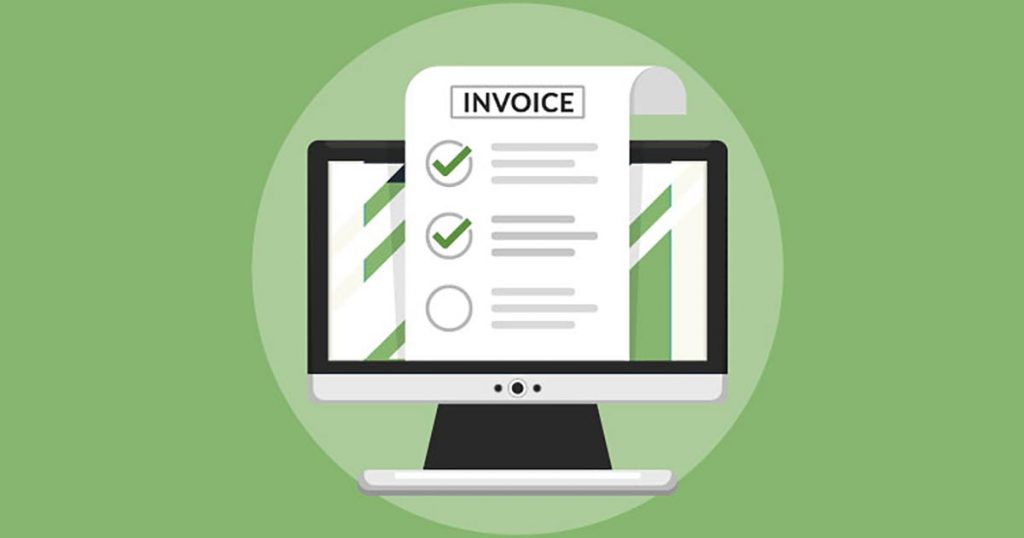
The scheme of E-invoice was officially approved by the GST Council in the 37th Council Meeting. If you are looking to generate an e-invoice under GST, this is the step-by-step guide to help you.
What is GST E-invoice?
E-invoice is not an invoice that you can download or generate through the GST Portal, but it is a process of validating all the B2B invoices electronically by the GST Network (GSTN). It’s not feasible to generate e-invoices directly from the common portal.
E-invoicing or authentication is required to ensure that the invoices generated by your accounting software are valid to be used for processes like e-way bill creation and return filing. The process involves the submission of business invoices created by different accounting software to the GST Portal in order to get them verified in a common manner.
Since the invoices created by different GST return filing software may have different formats, they cannot be all fed directly to the GST system by the software. So, the government decided to introduce a standard format (Schema), which requires all the accounting software to follow a common format which can then be uploaded to the GST portal for authentication and validation.
To sum up, E-invoice is a standard mechanism or schema for data exchange between different GST billing software of different manufacturers.
How is the GST E-invoicing System Beneficial?
Reporting and authentication of B2B invoices from the common portal will ensure that GST ANX-1 and ANX-2 are auto-prepared in the new format. IT also auto prepares GSTR 1 for B2B supplies.
E-invoicing can be further used for creating e-way bills by providing only vehicle details.
Invoices uploaded by suppliers for authentication will be automatically shared with buyers for reconciliation.
The system will auto-match input credit liability with output tax. E-invoice can be created for Debit/Credit Notes, Invoices and other eligible documents.
E-invoice can be created for Debit/Credit Notes, Invoices and other eligible documents.
Step by Step Guide to Generate an E-invoice Under GST
The taxpayer or business is responsible to generate the invoice/s and then submit them to Invoice Registration Portal (IRP) for approval.
After successful verification, the portal will return the invoice to the supplier along with a unique reference number, digital signature and a QR code. The e-invoice will also be shared with the corresponding buyer on the email id provided.
Step 1: Invoice Creation
The seller/supplier will create an invoice in the prescribed format (e-invoice schema) using his/her accounting or billing software. It must have the mandatory details.
The accounting software of the supplier will generate a JSON for each B2B invoice. The JSON file will be uploaded to the IRP.
Step 2: IRN Generation
The next step would be to generate a unique Invoice Reference Number (IRN) by the seller using a standard hash-generation algorithm.
Step 3: Invoice Uploading
Now, the seller will upload JSON for each of the invoices, along with IRN, to the Invoice Registration Portal, either directly or through third-party software.
Step 4: Authentication and Signing
IRP will validate the hash/IRN attached with JSON or generate an IRN if not already uploaded by the supplier.
Then, it will authenticate the file against the central registry of GST.
Upon successful verification, it will add its signature on the invoice and a QR code to JSON.
Hash generated earlier will become the new IRN of the E-invoice. It will be the unique identity of that e-invoice for the entire financial year.
Step 5: Sharing of Data
The uploaded data will be shared with the E-way bill and GST system.
Step 6: E-invoice Downloading
The portal will send the digitally-signed JSON along with IRN and QR code back to the seller. The invoice will also be sent to the buyer on their registered email id.
